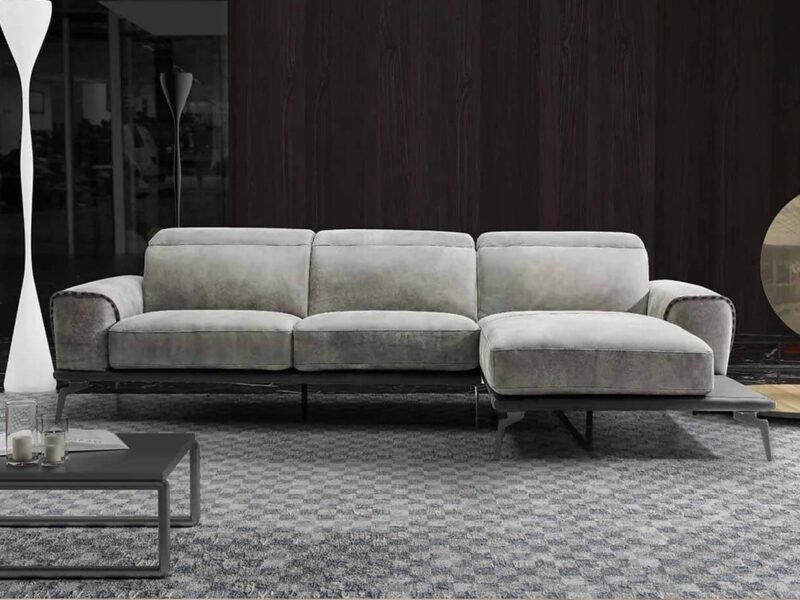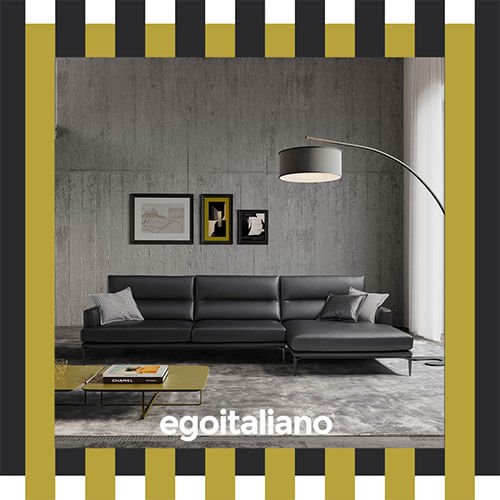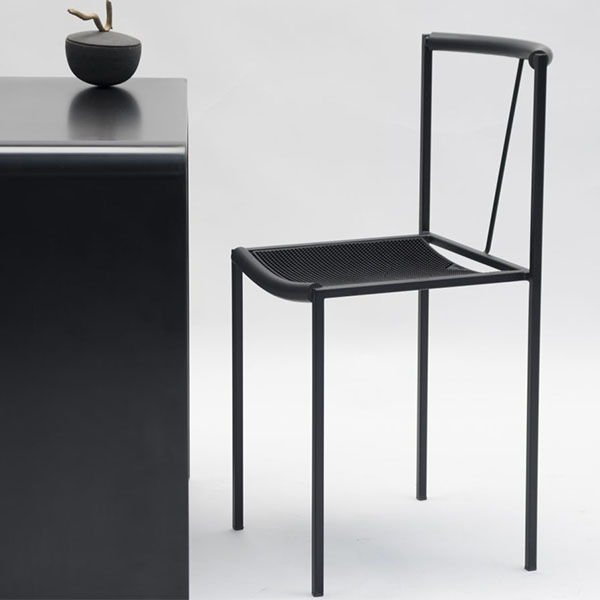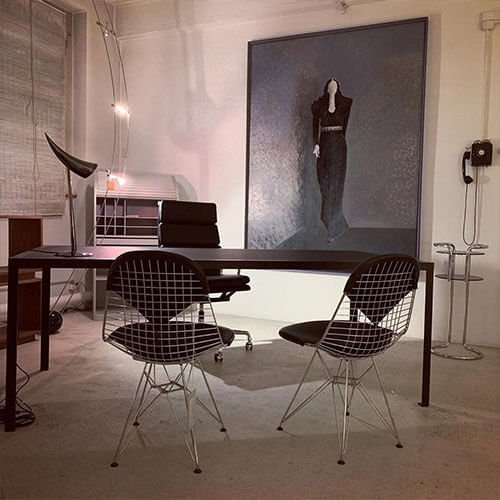Behind the Scenes: The Visionary Design Philosophy of ZEUS’ Minimalist Furniture

The Beginnings of Italian Minimalism
Minimalism is a design philosophy that has made a significant impact on the world of furniture design. It is characterized by simplicity, clean lines, and a focus on functionality. As an artistic movement, minimalism emerged in the early 20th century, originating from various disciplines such as art, architecture, and design. It sought to strip away unnecessary elements and embrace a more pared-down aesthetic.In the realm of furniture design, minimalism found its stride in the mid-20th century and continues to be a prevalent influence today. Italian furniture designers played a major role in popularizing minimalistic concepts in the industry, with their creations becoming iconic representations of this design ethos.
Minimalist furniture is known for its sleek and uncluttered appearance. Designs often incorporate clean, straight lines, geometric shapes, and a limited color palette. The focus is on functionality, with each piece serving a purpose and eliminating any superfluous elements. By removing unnecessary embellishments, minimalistic furniture creates a sense of calm and simplicity in the living space. Italian minimalism emerged in the 1930s and 1940s, during a period when the design world was undergoing a significant shift. The emerging concept of minimalism challenged the traditional ornate and decorative styles that were prevalent at the time. Italian designers such as Gio Ponti and Carlo Mollino embraced this new aesthetic and experimented with minimalistic forms. Gio Ponti, one of the leading figures in Italian design, created furniture that exemplified the principles of minimalism. His designs, characterized by clean lines and geometric shapes, emphasized functionality while maintaining an elegant and sophisticated appeal. Ponti’s iconic “Superleggera” chair, designed in 1957, is widely regarded as a masterpiece of minimalistic furniture design.
Italian Minimalist Furniture
In the early 1900s, Italy witnessed the rise of minimalist design concepts, inspired by the De Stijl movement in the Netherlands and the Bauhaus school in Germany. This new approach rejected ornate embellishments and focused on clean lines, simplicity, and functionality. Italian designers began to experiment with geometric shapes, minimalist forms, and industrial materials. One of the pioneers of Italian minimalist furniture design was Gio Ponti, who founded the influential magazine Domus in 1928. Ponti believed that furniture should be both functional and aesthetically pleasing, and his designs reflected this ideology. He embraced the use of new materials such as steel, glass, and plastic, and his furniture featured sleek lines and geometric shapes. Another renowned designer who contributed to the development of Italian minimalist furniture was Achille Castiglioni. His iconic Arco Floor Lamp, designed in 1962, exemplifies the minimalist approach with its sleek stainless-steel arc and simple marble base. Castiglioni believed in creating designs that were timeless and focused on the essence of the object. The minimalist movement in Italian furniture design gained momentum in the 20th century, with designers like Carlo Scarpa, Ettore Sottsass, and Enzo Mari making significant contributions. Scarpa’s furniture designs were characterized by their attention to detail and craftsmanship, while Sottsass brought a touch of playfulness to his minimalist creations. Mari, on the other hand, focused on functionalism and accessibility in his designs.









